One of the key benefit of SISCO mini plastic pipettes is their ability to prevent cross-contamination when working with sensitive biological samples or chemicals. Their ergonomic design reduces hand strain, making them comfortable for extended use in laboratory settings. Pipette is indispensable tools in modern science, allowing researchers to handle minute liquid volumes with high accuracy, reliability, and efficiency.
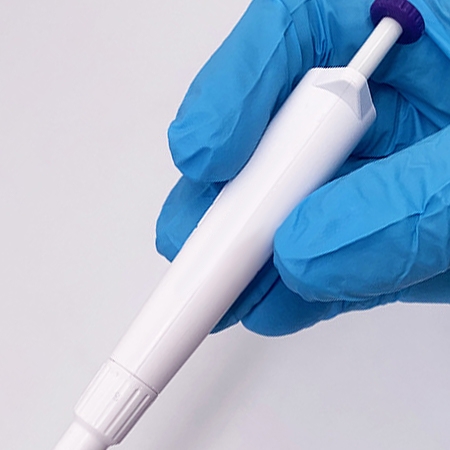
Mini Pipette with User-friendly Design
- Ergonomic design, compact body, easy to operate.
- Compact body, easy to operate, ideal choice for in vitro diagnostic kits.
- This mini plastic pipette has an optional range of 25-300 μL, and can be used with the standard 200μL/300μL pipette tip.
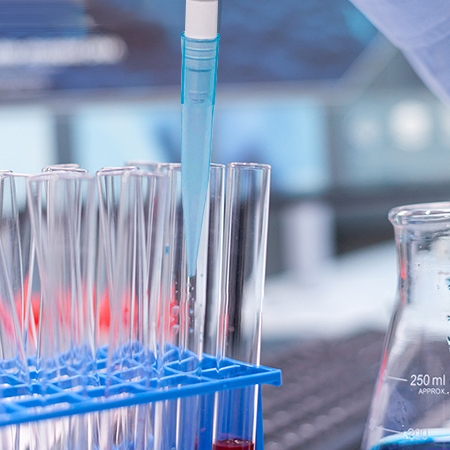
Portable and Cost-effective
- Mini plastic pipette often more affordable than larger, more complex pipetting system, making it ideal for small-scale or budget-conscious lab.
- Mini pipette is compact and easy to transport, making it convenient for fieldwork or mobile lab setups.
Applications
A mini pipette is a small, precise laboratory tool used to transfer tiny volumes of liquid. It is commonly used in biology, chemistry, and medical laboratories for tasks requiring high accuracy, such as PCR reactions, drug testing, and microbiology experiments. These pipettes help prevent contamination and ensure precise measurements, which are crucial for research and diagnostic applications.
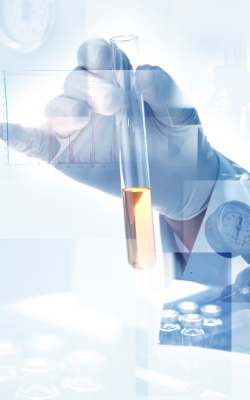
Chemical Analysis
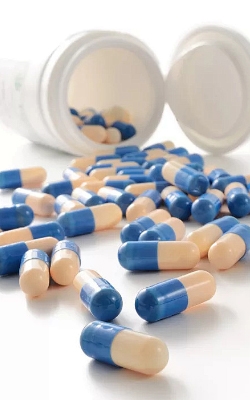
Pharmaceutical Research
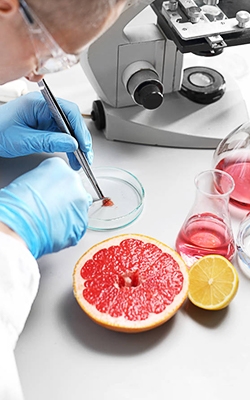
Food Sample Testing

Biological Research
| Model | SISCO-PIPET-MINI |
| Capacity | 25μL, 50μL, 75μL, 80μL, 100μL, 200μL, 300μL |
| Color | dark green (25μL), orange (50μL), red (75μL), light blue (80μL), blue (100μL), gray (200μL), purple (300μL) |
| Material | plastic |
| Dimension | 12.5cm |
| Net weight | 130g |
Note: Pipette capacity under 200μL can be equipped with 200μL pipette tips. More than 200μL can be equipped with 1000μL pipette tips. 200μL pipette tips (1000 PCS/BAG), 1000μL pipette tips (500 PCS/BAG)
Dimension:
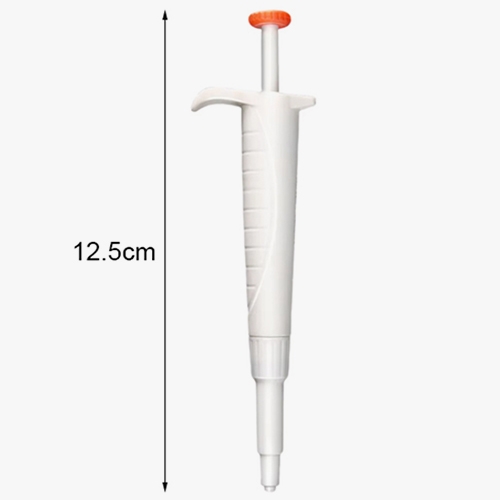
Q1: What is a pipette?
A1: A pipette (sometimes spelled as pipett) is a laboratory tool commonly used in chemistry, biology and medicine to transport a measured volume of liquid, often as a media dispenser. Pipettes come in several designs for various purposes with differing levels of accuracy and precision, from single-piece glass pipettes to more complex adjustable or electronic pipettes. Many pipette types work by creating a partial vacuum above the liquid-holding chamber and selectively releasing this vacuum to draw up and dispense liquid. Measurement accuracy varies greatly depending on the instrument.
Q2: What pipette is used for?
A2: A pipette is a laboratory instrument used to measure out or transfer small quantities of liquid, in volumes of milliliters (mL), microliters (μL).
Q3: Why pipette is the most accurate?
A3: Although convenient and less time-consuming to use, graduated cylinders are considered to lack precision due to their large meniscus when compared to pipettes. The long, narrow, and slender neck of the volumetric pipette make it easier to measure and read the meniscus very precisely.
Tips: What are the advantages of using mini pipette?
A mini pipette offers several advantages, especially in laboratory and research settings. Its small size allows for precise handling of very small liquid volumes, improving accuracy and reducing waste. The ergonomic design ensures ease of use, minimizing hand fatigue during repetitive pipetting tasks. Mini pipettes are also highly portable, making them convenient for fieldwork or use in confined lab spaces. Additionally, their disposable tips help prevent cross-contamination, ensuring reliable and reproducible results. Mini pipettes are widely used in microbiology, molecular biology, and pharmaceutical research, where precision is crucial. Their affordability compared to larger pipettes makes them accessible for educational and professional use. Overall, a mini pipette enhances efficiency, accuracy, and convenience in liquid handling tasks, making it an essential tool in scientific laboratories.
Thank you for buying industrial test and measurement equipment on SISCO.com, all products sold by SISCO and the partner cover a 12 months warranty, effective from the date of receiving the products.
What is covered?
SISCO is responsible for providing free spare parts, and free technical support to assist the customer to repair the defective products until the problem is solved.
What is not covered?
- Product purchased from anyone other than a SISCO store or a SISCO authorized reseller.
- Expendable parts.
- Routine cleaning or normal cosmetic and mechanical wear.
- Damage from misuse, abuse or neglect.
- Damage from use of parts other than SISCO approved.
- Damage from use outside the product’s usage or storage parameters.
- Damage from use of parts not sold by SISCO.
- Damage from modification or incorporation into other products.
- Damage from repair or replacement of warranted parts by a service provider other than a SISCO authorized service provider.
- Damage caused by the application environment not meeting the product usage requirements and the failure to perform preventive maintenance.

